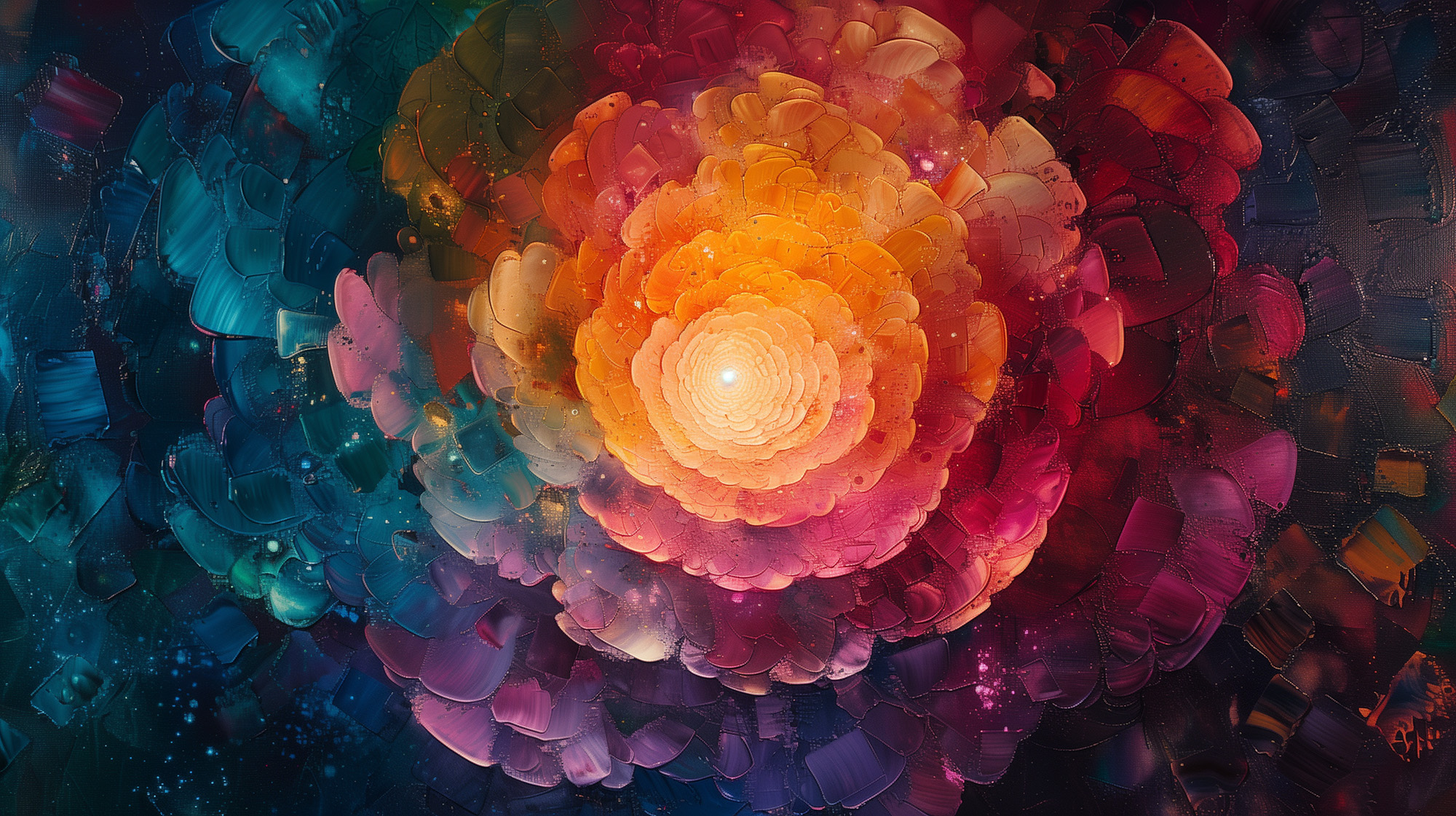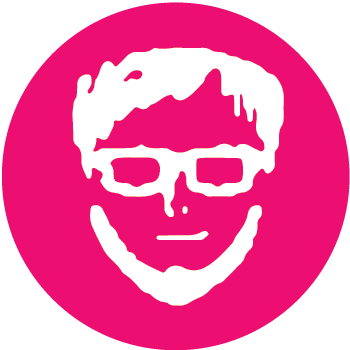Between Fire and Focus: Navigating Life with Bipolar and ADHD
I’ve always known I was wired a little differently. Long before I had words for it—ADHD, Bipolar II—I sensed that the way I processed the world wasn’t quite standard issue. Ideas would hit me like fireworks. Focus would vanish just as fast. Some days I could build a world from scratch; others, I could barely send an email. For years, I tried to work around it, to mask it, to keep it “managed.” But what I’ve come to learn is that my mind isn’t a glitch to be fixed. It’s a system to be understood—and sometimes, even celebrated.
This isn’t a simple behind-the-scenes peek. It’s not a sob story or a triumphant monologue. It’s a reflection on the strange beauty of building a creative, community-driven life while living with ADHD and Bipolar II. And it’s about the tools, people, and shifts in perspective that helped me get here.
The Creative Current
When I worked at Nickelodeon, I was in my element. I co-founded the Digital Operations department, built content pipelines, and led community-based initiatives like the “Friday Nicktern Screenings.” My brain moved fast—sometimes faster than the systems around me—but in the right environment, that was an asset.
ADHD gave me a way of seeing patterns others missed. It let me jump between ideas, projects, people—quickly connecting the dots between production workflows, interface design, and narrative structure. I didn’t always follow the straight path, but I could build bridges across disciplines that made things better for everyone involved.

But what most people didn’t see was how much energy it took to stay balanced. To meet deadlines while managing sensory overload. To switch between hyperfocus and executive dysfunction like a light flickering at the wrong voltage. It was work. And it didn’t stop when I clocked out.
“I do not believe ADD leads to creativity any more than creativity causes ADD. Rather, they both originate in the same inborn trait: sensitivity.”
—Dr. Edward Hallowell, psychiatrist and ADHD specialist
It’s that sensitivity—emotional, sensory, interpersonal—that can feel like both a superpower and a burden. And it was that same sensitivity that became unmanageable when my life suddenly changed.
Loss, Reset, and the Weight of Rebuilding
My father’s pancreatic cancer diagnosis stopped everything. I left Los Angeles and became his full-time caregiver. For a while, nothing else existed—not my career, not my creative spark, not even the hyperactive brain that always had one more idea to chase. There was just the day-to-day of showing up for someone I loved, watching the light slowly fade.

After he passed, I wasn’t the same. I couldn’t be. I had to rebuild not just my routine, but my identity. That’s when I left the country. I enrolled in a Master of Arts and Community Practice at the University of Melbourne, looking for something that would let me reconnect with meaning and momentum in a new way.
A New Language for What I’d Always Felt
Australia was more than a location change. It was a reorientation. I began working at the intersection of digital storytelling, cultural preservation, and community-led design. My projects gave voice to marginalized histories. I worked with Indigenous-led research groups, helped digitize ancestral practices, and collaborated on multimedia experiences that weren’t just about information—they were about connection.
At the center of this transformation was Danny Butt—artist, academic, researcher, and someone who profoundly shaped how I now see the role of art in society. Danny, a leading voice in arts and community-based research across the Asia-Pacific region, was my supervisor, mentor, and guide through the murky waters of redefining selfhood through creative inquiry.
In one of his essays, he wrote:
“Culture and protocol is always live and on the move: both political activism and community-engaged artistic production require skill in navigating turbulent conditions and reading the winds of change and the shifting swells they generate.”
—Danny Butt, Artistic Research in the Future Academy
That line hit me like a map. My own life—creatively, emotionally, neurologically—has always involved navigating turbulent conditions. Learning to read those “shifting swells” and respond with care, adaptability, and creativity became not just a method of working—but of surviving.
Living Between the Lines
Bipolar II isn’t loud, not always. It’s often subtle. Hypomania might look like confidence and efficiency. But it’s also impulsivity, sleeplessness, the inability to slow down. The depressive side is quieter too—less cinematic, more like wading through fog with ankle weights on. Some weeks, I’m leading Wildercraft community events, building story-driven digital experiences, or writing with clarity. Other weeks, I forget how to be a person.

What keeps me grounded is structure. Not rigid productivity systems, but soft scaffolding: my morning smoothie. Nighttime wind-down rituals. My cat. Old episodes of The Twilight Zone. Starting dinner at 8:30 so I don’t crash too early. And stopping—not when the task is done, but when I’ve done enough.
“It’s a bittersweet tug-of-war between nostalgia for a life I’ve built here and the excitement of what’s to come.”
—From my post, What Could Have Been
That sentence was about leaving San Diego. But it echoes through every pivot in my life—from leaving Nickelodeon, to the death of my father, to moving across the world, and most recently, to choosing Maine as my new base. The tug-of-war never really ends. But the rope is softer now. Less about winning. More about balance.
And Still, You Arrive
There’s this narrative that people with ADHD or Bipolar need to be “managed” or “treated” to function “normally.” But what I’ve come to believe is that the goal isn’t to normalize yourself—it’s to recognize yourself.
Neurodivergence, for me, isn’t a detour—it’s the road. And the more I’ve leaned into that truth, the more aligned I’ve become with the kind of work, life, and community I want to build.
I didn’t move to Maine to escape. I moved here to arrive.
I’m still arriving.
The Quiet Truth That Changed Everything
I used to think healing looked like resolution. Like arriving at some calm, organized version of myself with a perfectly structured day and predictable moods. Now I think it’s something much softer—more like recognition.
Recognition of the fact that this brain of mine, with all its friction and spark, has carried me through every creative endeavor, every late-night breakthrough, every conversation that lingered long after it ended. It has built worlds, imagined new systems, shown up for communities—even when it was quietly unraveling underneath.

Maine isn’t the start of everything, just the latest point in a long, nonlinear line. One of many arrivals. Not triumphant, not dramatic—just honest. A place where I can stretch out a little more. Breathe differently. Let the weight shift.
There are still days I get stuck in my head, or spiral, or freeze. But there are also mornings where the light cuts across the floor just right and I remember: I made it here. I’m still here. And I still have something to make, something to say, something to give.
Maybe that’s what this life is—patchwork momentum. A collage of breakthroughs, losses, quiet resets, and moments where you surprise yourself with your own resilience.
I don’t know exactly where this path leads. But I’m no longer chasing some fixed version of myself at the end of it. I’m walking it to stay close to the person I’ve been becoming all along—the one who’s shaped things quietly, held space for others, made meaning out of motion. And if there’s anything I’ve learned, it’s that we don’t always need to arrive somewhere new to feel something real. Sometimes, the most generous thing we can do is stay—with ourselves, with each other, and with whatever comes next.

